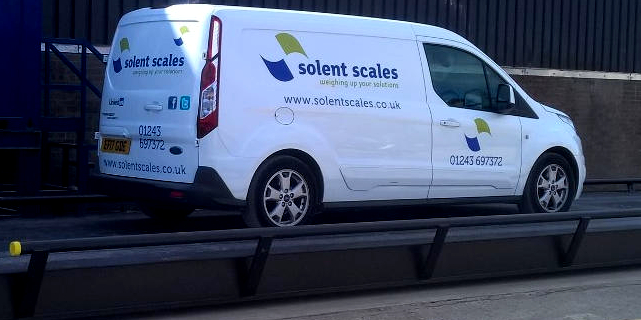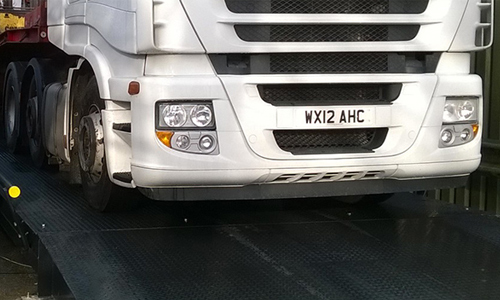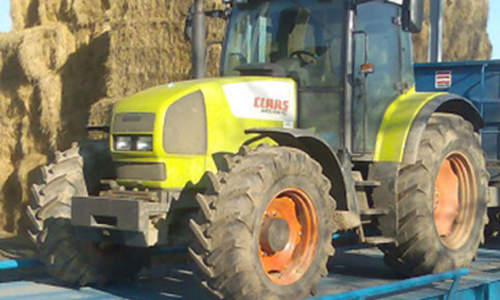Weighbridge Maintenance - How to Clean and Maintain your Weighbridge
-
 By
Solent Scales
By
Solent Scales
- 2 Oct 2021
- 0 Comments
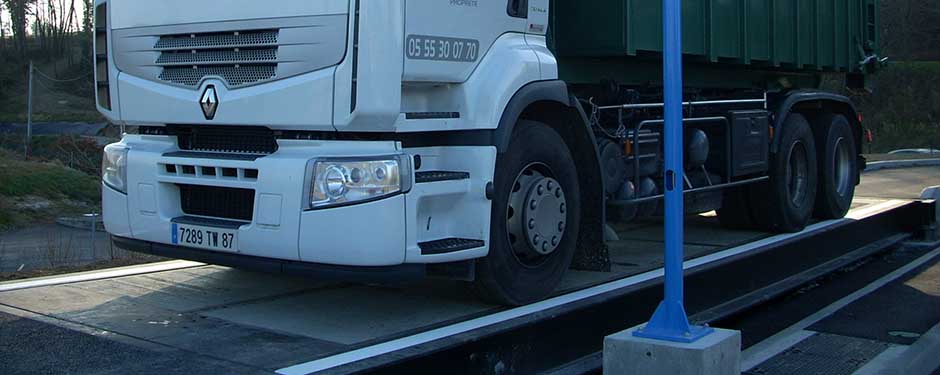
Weighbridges are fantastic tools for weighing industrial Heavy Goods Vehicles and can provide your business with efficient, accurate results if maintained correctly.
More than simply best practice, conducting regular, effective cleaning of your weighbridges will help to maintain their performance and reduce the likelihood of malfunctions from occurring and hindering your company’s output.
This quick guide will provide you with all you need to know about cleaning and maintaining your weighbridges in order to achieve consistently accurate weight measurements.
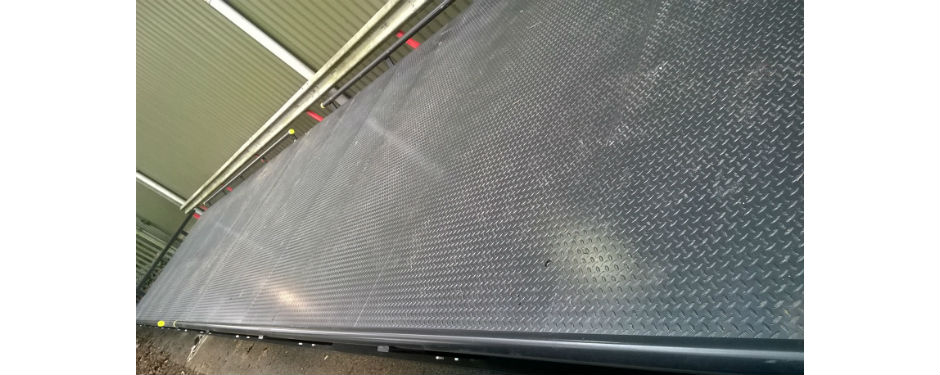
How Often Should You Clean and Check Your Weighbridge?
We recommend you separate weighbridge cleaning into daily, weekly and monthly procedures for the best results.
Daily Inspection
Pit mounted weighbridges: Simply carry out a visual inspection of the pit below your weighbridge to identify if there are any build ups of mud and dirt which may be affecting its performance and functionality.
Whilst carrying out these checks, ensure all members of staff involved in the procedure adhere to the relevant health and safety regulations pertaining to working in a confined space.
For more information on these regulations, visit the Health and Safety Executive’s website by clicking here. (This link will open in a new tab)
Surface mounted weighbridges: The process here is similar to that of pit-mounted variants; you observe to see if there are any materials underneath the weighbridge itself which could potentially affect the measurements it provides.
In order for a surface mounted weighbridge to work properly, there must be sufficient space between the weighbridge superstructure itself and the ground below.
In addition, all load cells (typically located towards the edge of the platform’s underside) must be completely unobstructed by mud and other debris as this can potentially impair the results achieved.
Rubber T Sections: Depending on the model of weighbridge you own, it may include a ‘T’ shaped rubber insert which is placed between the main platform and the surrounding surface.
These are designed to prevent contaminants from entering the pit, however, we advise removing these when possible to double check and, if necessary, clean any unwanted materials away.
Weekly Routines
Weighing checks: Conducting weekly tests will allow you to identify any potential issues with the mechanics of your weighbridge.
Doing so is simple: record a measurement by placing a vehicle at one end of the platform and then repeat the same procedure in the middle and opposite end.
Next, collate the data and analyse the readings to identify whether there are any marked differences in the three figures. Small discrepancies are acceptable however, if the readings are more than three divisions apart, your weighbridge may require specialist maintenance or repair work.
Surface mounted weighbridges: if you are completing monthly maintenance of a surface mounted weighbridge, assess whether there are any build ups of debris under and around the weighbridge deck in order to protect the load cells and ensure they remain unobstructed.
Where unwanted materials have collected, make sure to carefully remove this whilst avoiding causing damage to any of the connection cables as this may affect the readings.
Monthly Routines
The following checks can be carried out on a monthly basis regardless of which weighbridge variant you are currently using:
- Measure the platform to ascertain if there has been any significant movement to its positioning since the last calibration was completed. Also, complete an additional end-middle-end test as described earlier and record any notable data.
- Using a jet washer, thoroughly clean the weighbridge platform to remove general dirt which may be compromising the accuracy of the results. This technique can also be used to clean the underside of the platform; however, you need to be careful to avoid hitting the load cells and allowing water ingress to the junction box. If in doubt, contact a specialist to avoid unnecessary damage.
- Next, ‘zero’ the weighbridge and conduct a final end-middle-end test. This will allow you to compare the two sets of data (pre and post zeroing) and more easily identify any apparent issues with the results outputted.
Benefits
Purchasing a weighbridge can be an excellent way to achieve more efficient vehicle and HGV weighing in your business and performing these simple routine checks will help you to maintain the effectiveness of your machinery long in to the future and avoid costly issues from arising.
The main benefits of weighbridge cleaning are:
- Improved accuracy
- Fewer engineer call outs
- Improved reliability
Solent Scales provides a range of services including the supply, repair and calibration of industrial weighing scales.


